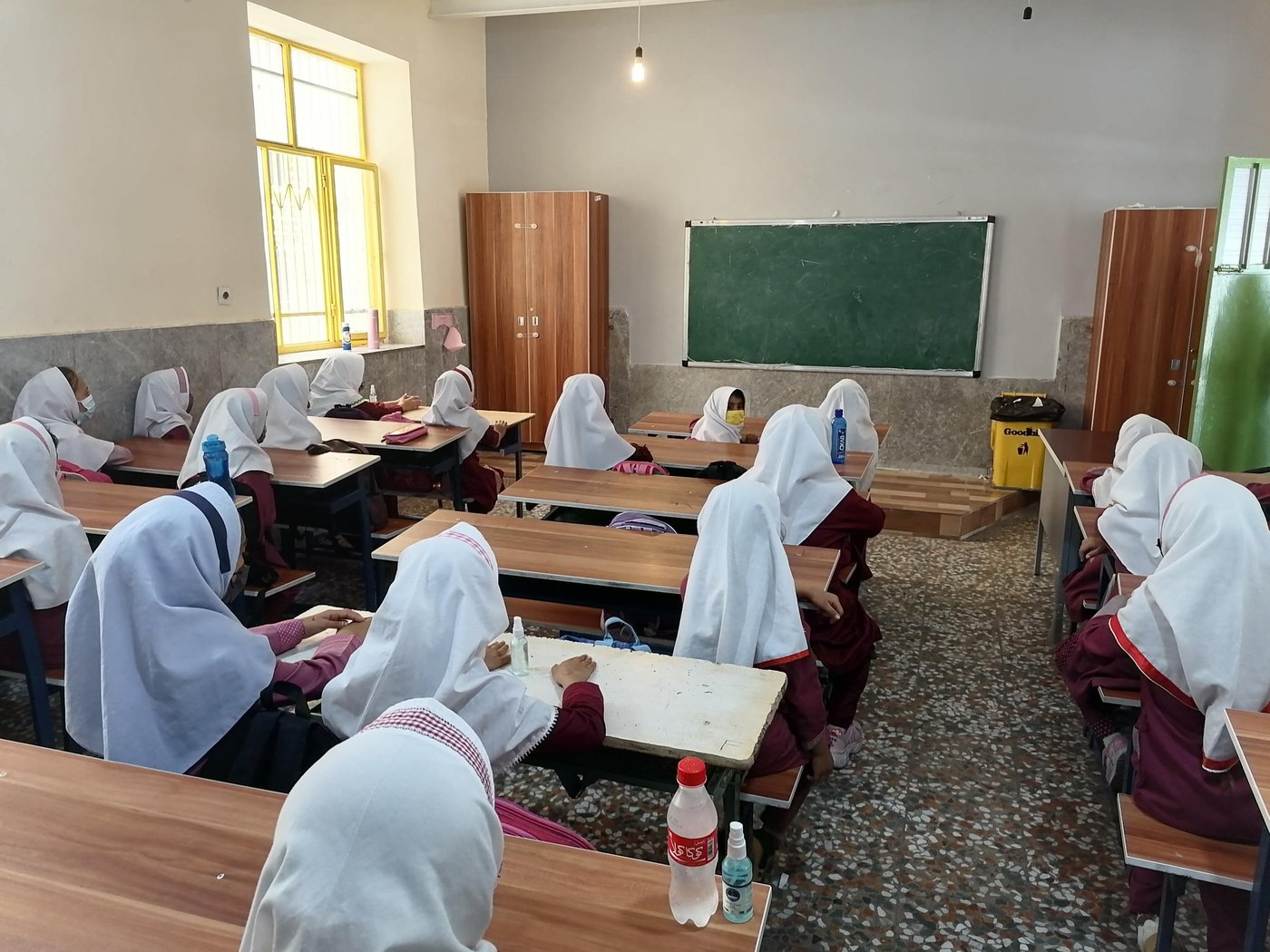“Our school was slightly damaged after the earthquake last winter. Most of the windows broke,” Somayeh shares with deep concern. She is the Principal of Shohada School in Bandar Abbas city. Here, 400 Afghan and Iranian girls aged 7 to 11 are under her responsibility while they are in school. The school was built in the early 1990s, and through two shifts, hosts more than 900 students.
Iran is the third most earthquake prone country in the world and it experiences, on average, 100 earthquakes every month. While the magnitude of most are small, others have been significant. For instance, in 2018 an earthquake with 6.4 magnitude hit Kermanshah and in 2003, a 6.6 magnitude earthquake caused 34,000 deaths in Bam, Kerman province.
Hormozgan province, where the school is located, is not an exception. Last year, Bandar Abbas, its capital, experienced various earthquakes. Located in the southern coast of Iran, Bandar Abbas is also known for its hot summers where the temperature can reach 44C. It also experienced floods last year, which affected over 68,000 people.
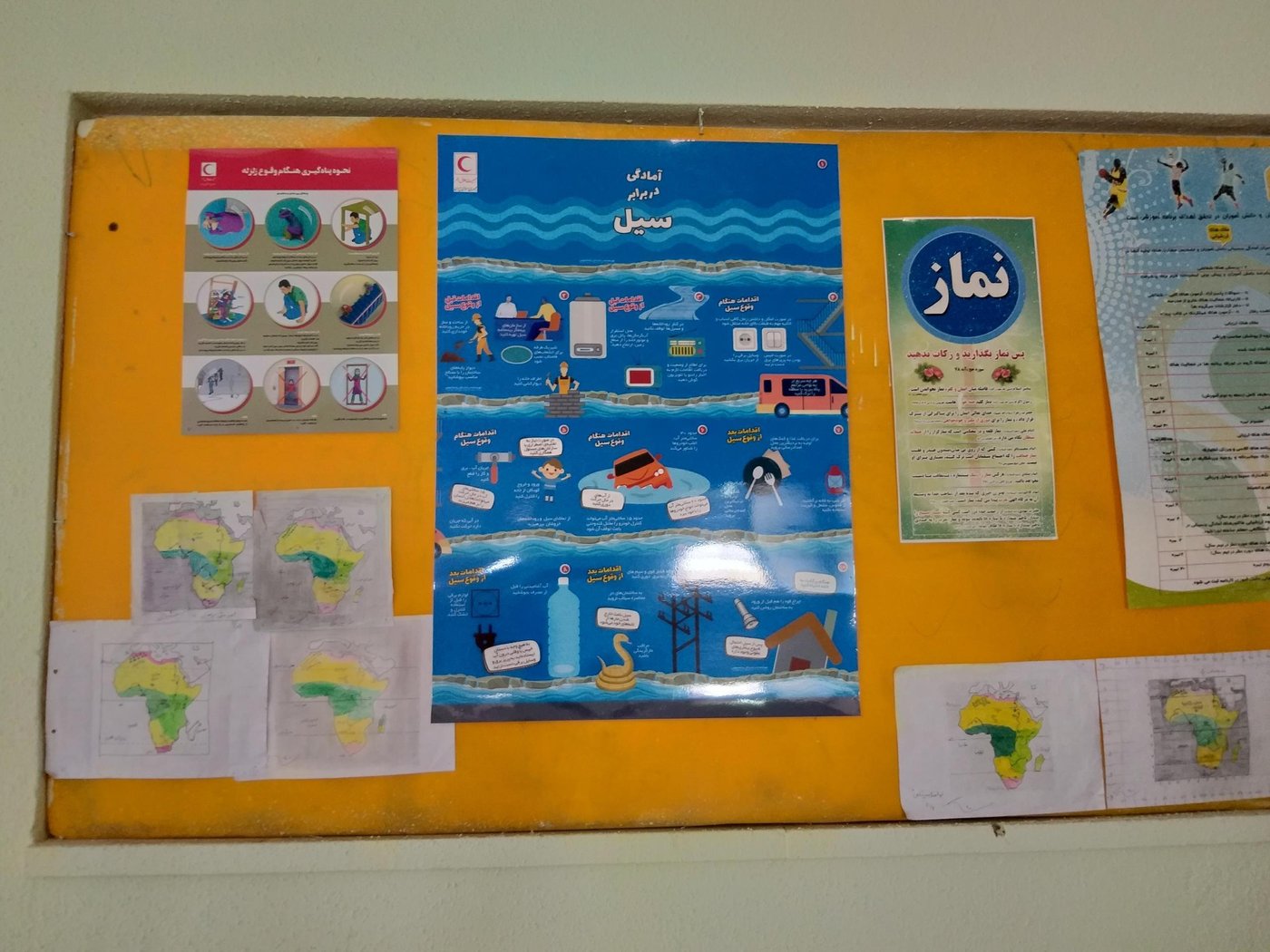
Somayeh shows relief when she talks about the changes that happened in her school with NRC’s support. The school is now equipped with window films and tools for keeping the windows still so children would be safe if a window breaks. This also allows children enough time to evacuate the building if a disaster or incident happens.
Schools should be a safe place so that children are encouraged to learn. If they do not feel safe or comfortable, they might stop showing up to their lessons. While we can’t stop earthquakes from occurring, we can work with students and teachers so that they know how to stay safe when an earthquake hits. With support from NRC, Somayeh and the other teachers have taught children about the measures they should take if they are in danger, for instance during an earthquake.

Safety in education
Disaster-risk reduction (DRR) activities are part of a pilot project that NRC is conducting with the generous support of the European Union Humanitarian Aid. So far, 17 schools have benefitted from such interventions, including the school Somayeh manages. These schools are now a safer place for children and their teachers. We look forward to scaling up DRR interventions in the near future.
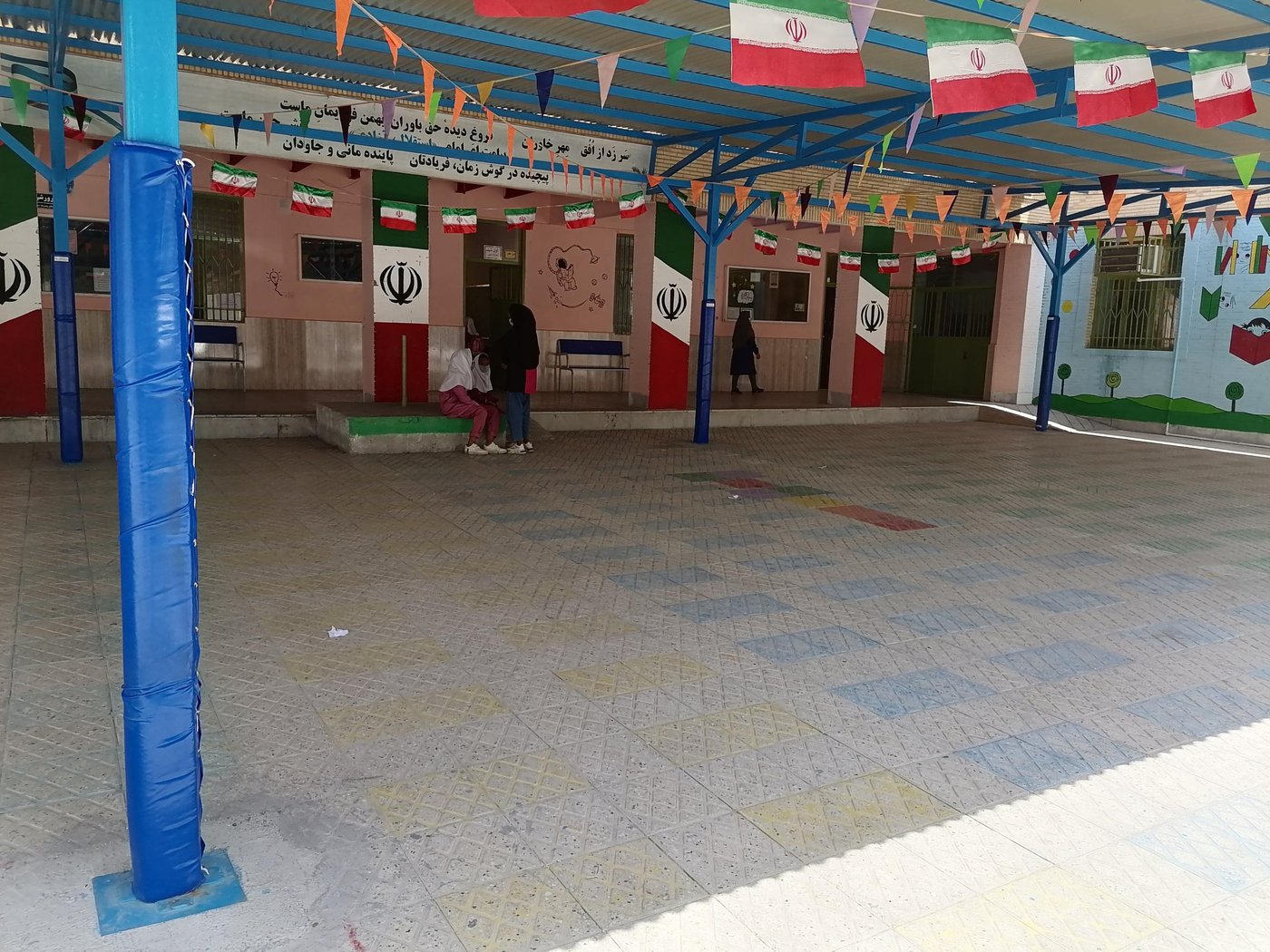
It was like the miracle!
Moving to Mashhad, a city close to Afghanistan and famous for its harsh winters, the potential for disasters is beyond floods and earthquakes. Many schools have old heating systems, putting children and their teachers at risk of fire.
Built over thirty years ago, and with no standard heating system and broken windows that could not be repaired in recent years, Shohadaye Enghelab school was not safe for its 300 Afghan and Iranian boys aged 12 to 15.
NRC has now equipped the school with fire alarms so that children can evacuate in case of a fire and no child would be hurt.
“Students feel so happy because they feel safer,” says Javad, the Principal of Shohadaye Enghelab School.
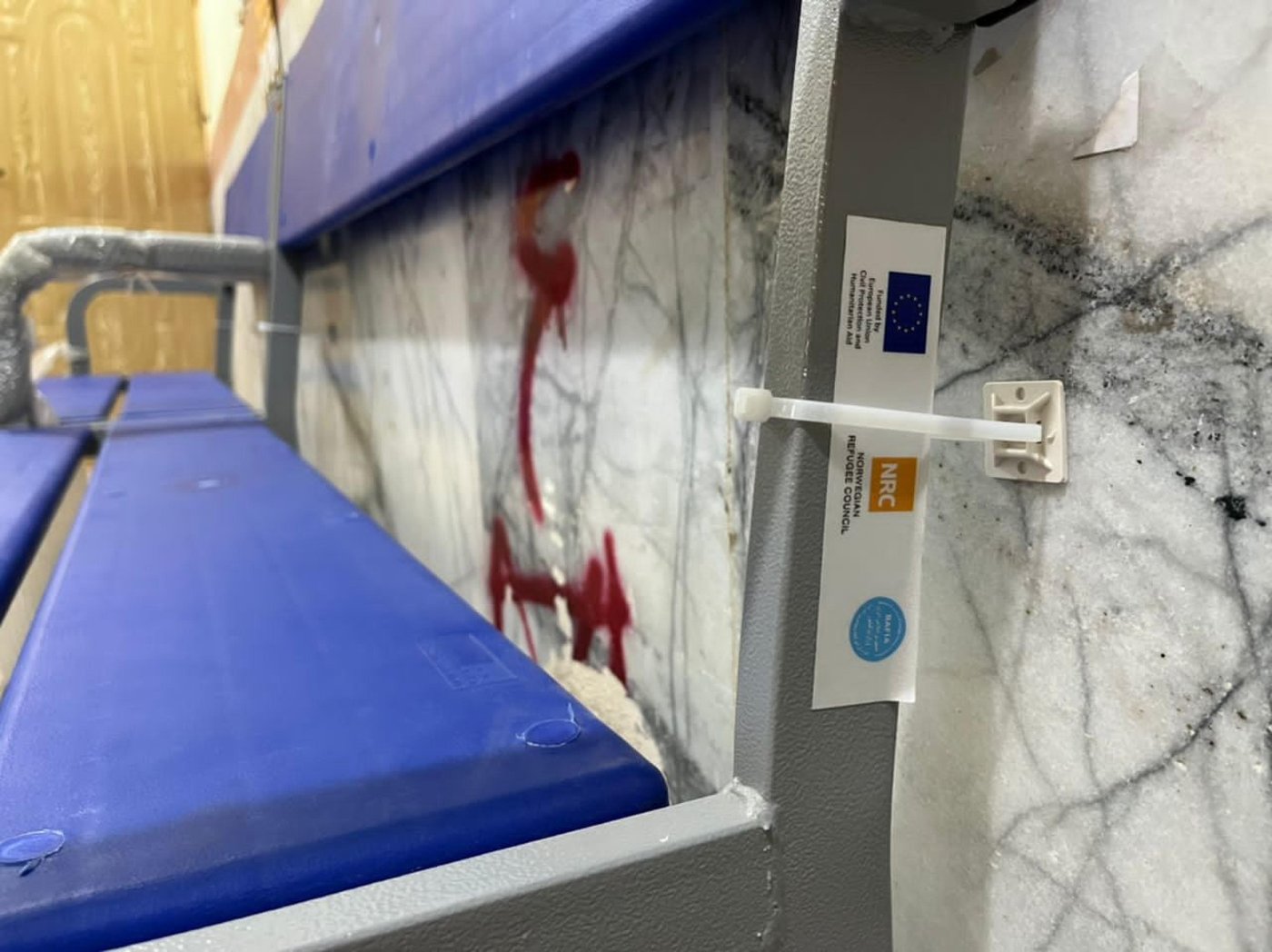
Creating a pleasant environment
“Many benches were old and broken and we even had to turn the storage room into a classroom because there was not enough space. Our school even scared parents,” Javad shares.
Along with the DRR measures, the 17 schools were rehabilitated and equipped with school furniture, and most students received stationery and hygiene kits.
“The students are taking good care of the benches and making sure the walls don’t get dirty,” Javad says. He is pleased to share that many young boys who had previously dropped out had rejoined his school after NRC’s interventions.
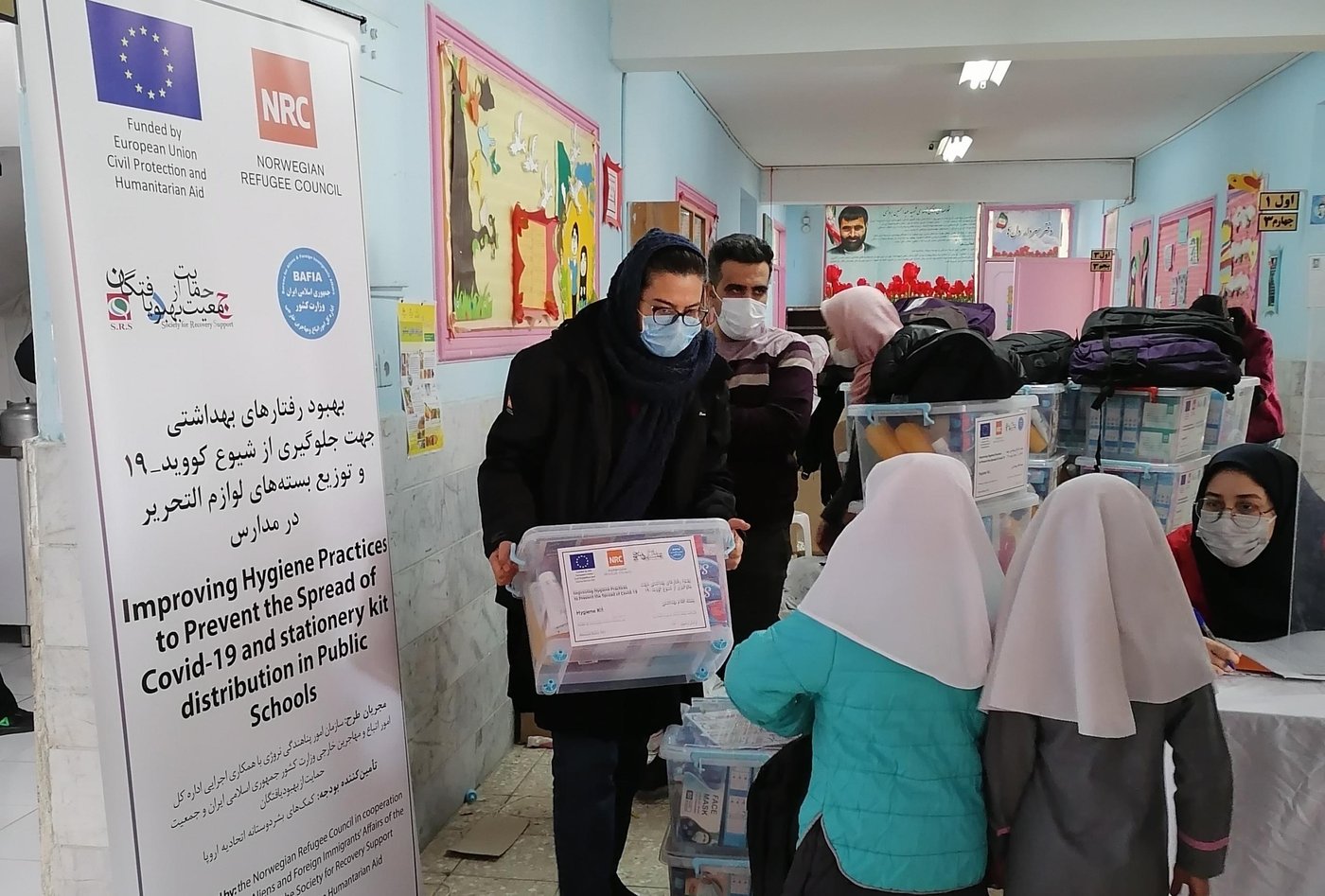
Hope for more to come
School principals expect many more Afghans will join the next school year and the buildings will need further expansion. “We are now turning the prayer room into a classroom,” says Somayeh. “Many children have newly come from Afghanistan, many from families facing financial difficulties. We need two additional equipped classrooms.”
Only in Razavi Khorasan province, 12,000 new Afghan students have joined public schools since August 2021 and the local authorities expect this number to reach 20,000 in the next school year. NRC is working closely with them to identify schools most in need and expand our interventions.
***
NRC in Iran
Since 2012, NRC Iran has been assisting displaced Afghans in Iran as well as their Iranian host communities. Iran is one of the country’s most prone to natural disasters such as earthquakes and floods which can lead to displacement and destruction of property. We work to improve protection and access to basic humanitarian services across ten provinces (Alborz, Tehran, Yazd, South Khorasan, Hormozgan, Kerman, Razavi Khorazan, Marzaki, Semnan, and Sistan and Baluchestan). We also coordinate with NRC operations in Afghanistan.
Since 2020 we have significantly expanded our programmes to support the Covid-19 pandemic response.
Since mid-2021, NRC Iran has scaled its work significantly in connection with recent developments in Afghanistan, while maintaining all existing programmes in Iran.


